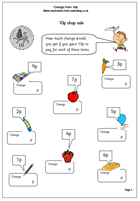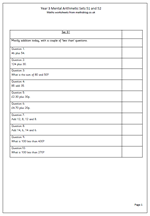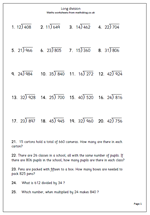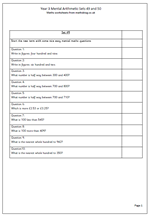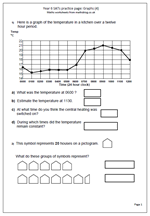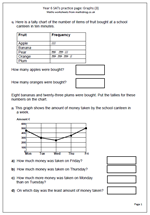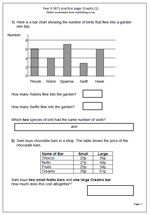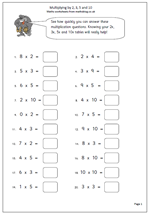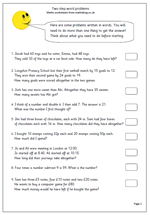Using coins is a vital part of understanding number as it provides concrete examples of numbers in action. It is a really good idea to have a set of coins that can be counted out and swapped e.g. 5 one pence coins exchanged for a 5p piece etc. Why not set up a little shop at home and take turns buying and selling items? There is an amazing amount of maths involved in this, from learning how to write numbers to counting on and back and finding two or three lots of a number. If a shop is not available why not try this page?
Thanks to urbrainy.com for this money worksheet, suitable for year 1 children.
The worksheet asks for the change needed after spending various amounts. The easiest way to work out change is to start with the amount spent and count on up to 10. Eventually it is expected that children will know, off by heart’ the answers. In other words they will know, without counting that if you spend 6p you will have 4p change.
